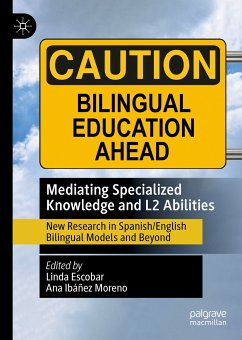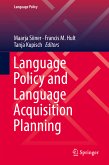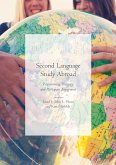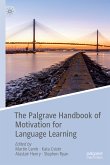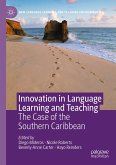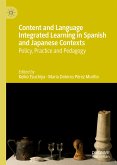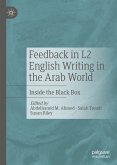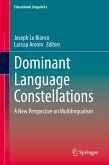This edited book presents a selection of new empirical studies in English for Specific Purposes (ESP) and English for Academic Purposes (EAP), showcasing the best practices of educators in their particular contexts. The chapters cover settings grouped into three main categories: L2 abilities and English as a medium of instruction in English/Spanish bilingual contexts; ESP in international contexts; and EAP and academic writing. The authors examine topics and contexts that have been under-explored in the literature to date, contributing to wider discussions of English-language mediation in educational settings and also touching on areas such as international mobility, migration, and social integration in multicultural environments. This book will be of interest to academics and practitioners in an interdisciplinary range of fields, including applied linguistics, language education policy, multilingualism, migration policy, and positive psychology and motivation.
Dieser Download kann aus rechtlichen Gründen nur mit Rechnungsadresse in A, B, BG, CY, CZ, D, DK, EW, E, FIN, F, GR, HR, H, IRL, I, LT, L, LR, M, NL, PL, P, R, S, SLO, SK ausgeliefert werden.

